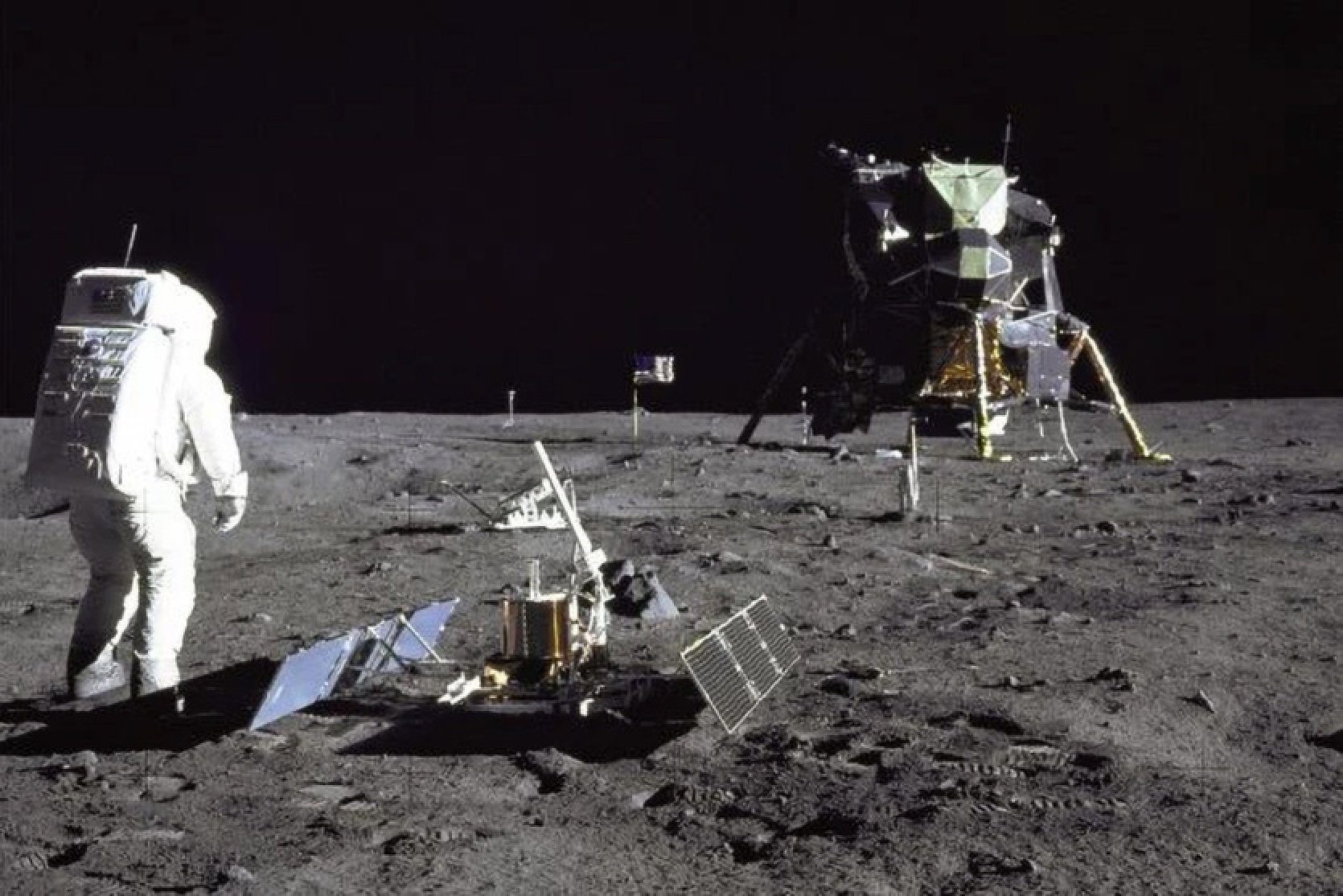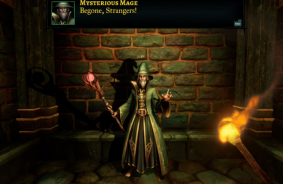The retired programmer Martin K. Martin discovered an error in the original physical code of the computer game Lunar Lander from 1969. Created by high school student Jim Storer, this "proto-game" only displayed text status updates on a teletype. In fact, the game is a space simulator.
The legendary game that Storer developed on the PDP-8 computer using the FOCAL programming language just a few months after Neil Armstrong and Buzz Aldrin landed on the Moon. The game allows players to control the descent of the module to the surface of the Moon. Players must carefully monitor the fuel usage to achieve a soft landing, making important decisions every ten seconds to use the right amount of fuel.
In 2009, shortly before the 40th anniversary of the first Moon landing, Ben Edwards from Ars Technica set out to find the author of Lunar Lander, which was mainly known as a graphical game thanks to the 1974 version and the 1979 arcade version for Atari. He discovered that Jim Storer created the oldest known version as a teletype game, interviewed him, and wrote the history of the game. Later, Storer published the original game's source code.
In 2024, Martin K. Martin, an expert in artificial intelligence, game developer, and former MIT graduate student, stumbled upon an error in Storer's code while researching the optimal landing strategy with maximum fuel efficiency. The optimal method involves free fall to gain speed, and then ignition of the engines at the last possible moment to slow down for safe contact with the surface.
"Recently, I was studying the optimal fuel burn schedule to land as smoothly as possible and with the maximum remaining fuel. Surprisingly, the theoretically best strategy didn't work. The game mistakenly believes that the landing module does not touch the surface, although it does. Delving deeper, I was amazed by the complex physics and calculations in the game. In the end, I found the error: a missing division by two, which went unnoticed for almost 55 years," wrote Martin in his blog.
Despite the error, Martin was impressed that Storer, who was a high school student at the time, managed to incorporate advanced mathematical concepts into his game—an achievement that remains exceptional even by modern standards. Martin reached out to Storer for comments, and the author of Lunar Lander revealed that his physicist father helped him derive the equations used in this simulation.
Errors in games don't always detract from enjoying them. But, fortunately for astronauts Aldrin and Armstrong, the actual Apollo Moon landing was calculated without such an error.














Comments (0)
There are no comments for now